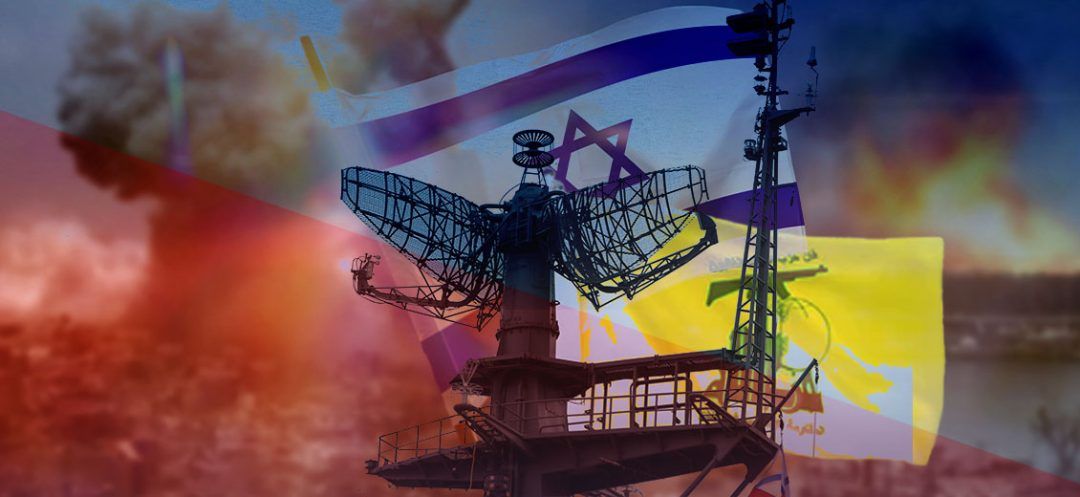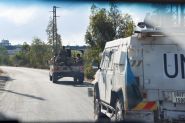
Hezbollah has become a major non-state actor in the Middle East since Israel’s 2006 invasion. Supported by Iran, it has received large shipments of rockets and drones and now produces its own weapons, including air defense capabilities. Its arsenal includes guided and unguided rockets, antitank artillery, ballistic and anti-ship missiles, and explosive drones, suggesting a complex conflict that could reach deep into Israeli territory. Analysts estimate Hezbollah has 130,000 to 150,000 rockets and missiles and over 100,000 soldiers, far surpassing Hamas’s prewar capabilities.
Since 2012, we have heard and read media reports that, in the event of a military conflict, Israel could potentially incapacitate Iran’s electric grid using a specially designed electromagnetic bomb (EMP).
Since Iran’s attack on Israel last April, we have heard again about the use of EMP bombs, but till now there have been no reports of it happening. Since a full-scale war on Lebanon is costly to Israel in all aspects, surgical military operations and bombing Hezbollah’s weapons depots are expected, but could they use the EMP bomb? Is this what Israel meant by statements like “send Lebanon back to the Stone Age”?
Let’s examine the potential use of Israel's electromagnetic weapons against Hezbollah or Lebanon, examining the nature of these weapons and the damage they could inflict.
First, What Is EMP?
Electromagnetic weapons, often referred to as directed-energy weapons (DEWs), utilize focused electromagnetic energy to achieve destructive effects. Unlike conventional weapons that rely on kinetic or explosive force, DEWs can disable electronic systems, disrupt communications, and cause physical damage through intense energy emissions.
The primary types of electromagnetic weapons include:
1. High-Powered Microwaves (HPM): These emit bursts of microwave energy that can disrupt or destroy electronic circuits and data systems.
2. Electromagnetic Pulses (EMP): EMPs can generate widespread disruption by creating a burst of electromagnetic radiation capable of disabling electronic devices over a large area.
3. Laser Weapons: Though more commonly associated with precision targeting, lasers can also deliver electromagnetic energy to incapacitate or destroy targets.
Israel’s investment in DEWs aims to enhance its strategic and tactical advantages, particularly in countering missile threats, neutralizing electronic warfare capabilities, and disrupting enemy command and control structures. These capabilities could be particularly relevant in a conflict with Hezbollah, which relies heavily on asymmetric warfare tactics and sophisticated electronic systems.
The potential deployment of electromagnetic weapons by Israel against Hezbollah could unfold in several scenarios:
1. Countering Missile Threats:
Hezbollah's arsenal includes a significant number of rockets and missiles capable of striking deep into Israeli territory. Electromagnetic weapons, particularly HPM and EMP devices, could be used to neutralize these threats by disrupting the electronic guidance and control systems of incoming projectiles, rendering them ineffective before they reach their targets.
2. Electronic Warfare:
In modern conflicts, electronic warfare plays a crucial role. Israel could deploy electromagnetic weapons to disrupt Hezbollah’s communication networks, command and control centers, and surveillance systems. This would degrade Hezbollah's ability to coordinate attacks, gather intelligence, and effectively respond to Israeli operations.
3. Targeting Critical Infrastructure:
An EMP attack targeting critical infrastructure in Lebanon could have a devastating impact. By incapacitating the electrical grid, telecommunications, and other essential services, Israel could significantly hinder Hezbollah’s operational capabilities and put pressure on the Lebanese government.
What Are the Potential Damage and Consequences?
The use of electromagnetic weapons against Hezbollah would have profound implications, both in terms of immediate damage and long-term consequences.
The most immediate effect of an electromagnetic attack would be the widespread failure of electronic systems. Military hardware, communication devices, and civilian infrastructure, such as power grids, are currently out of service in Lebanon.
While electromagnetic weapons are often touted for their precision and reduced collateral damage compared to traditional explosives, the indirect humanitarian impact could be okay since the disruption of essential services, such as electricity and water supply, already does not exist in Lebanon, but it could affect communications towers and the internet.
The deployment of such advanced weaponry could escalate the conflict between Israel and Hezbollah, drawing in regional and international actors. The use of electromagnetic weapons might be perceived as a significant escalation, potentially provoking a stronger response from Hezbollah and its allies, including Iran, or it may not.
The potential use of Israel’s electromagnetic weapons against Hezbollah represents a significant development in modern warfare. It may be true that it could put us back into the Stone Age, but this is a country that learned how to survive without electricity, without a budget, and without water. But could it survive without the internet?
Read more



Comments